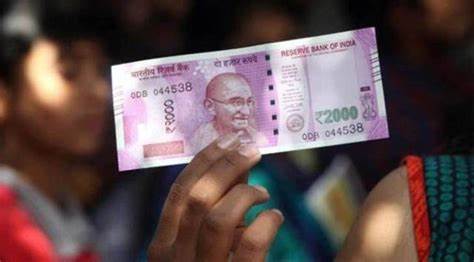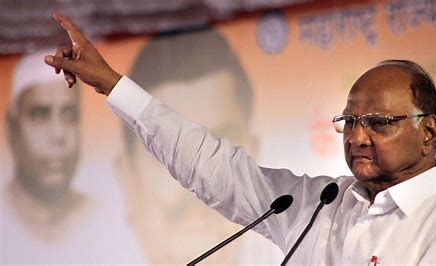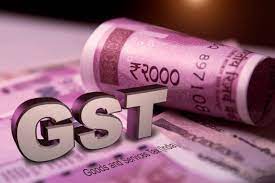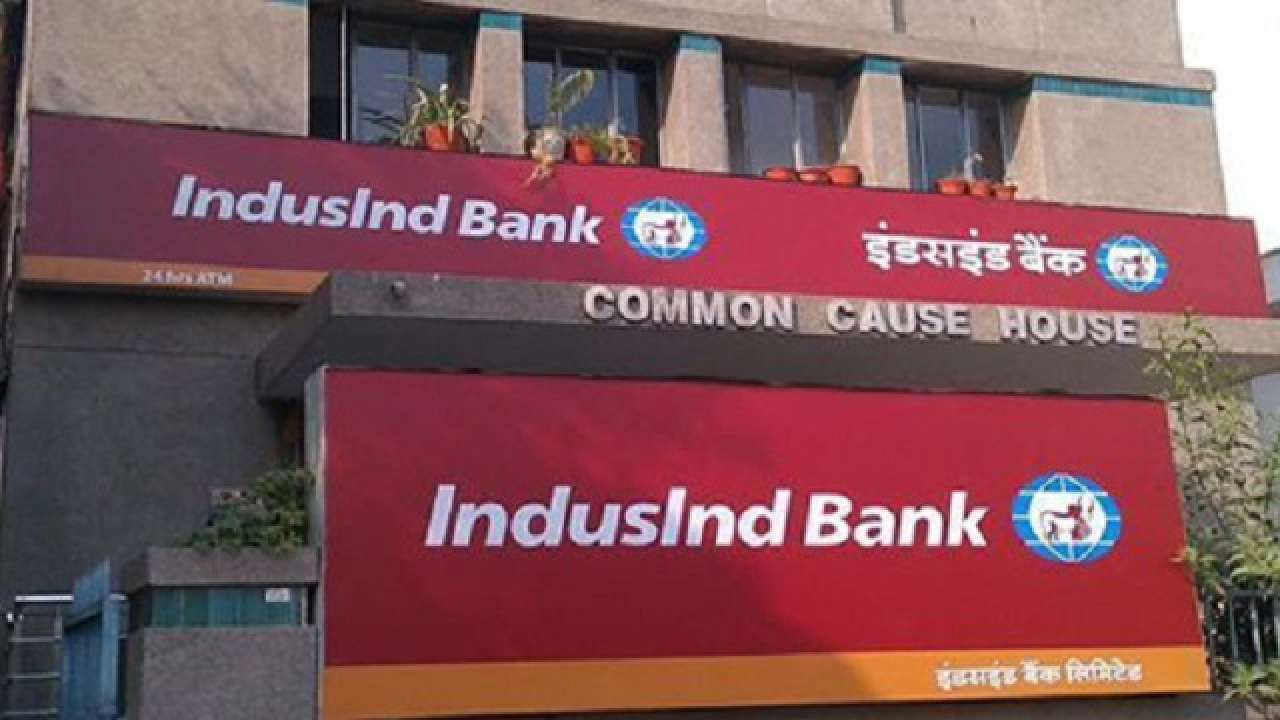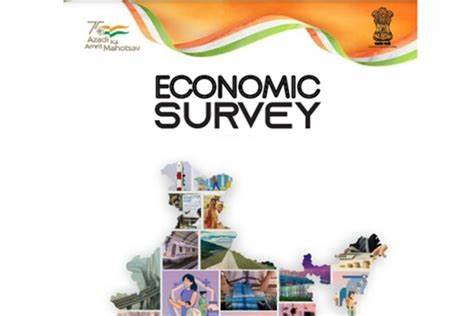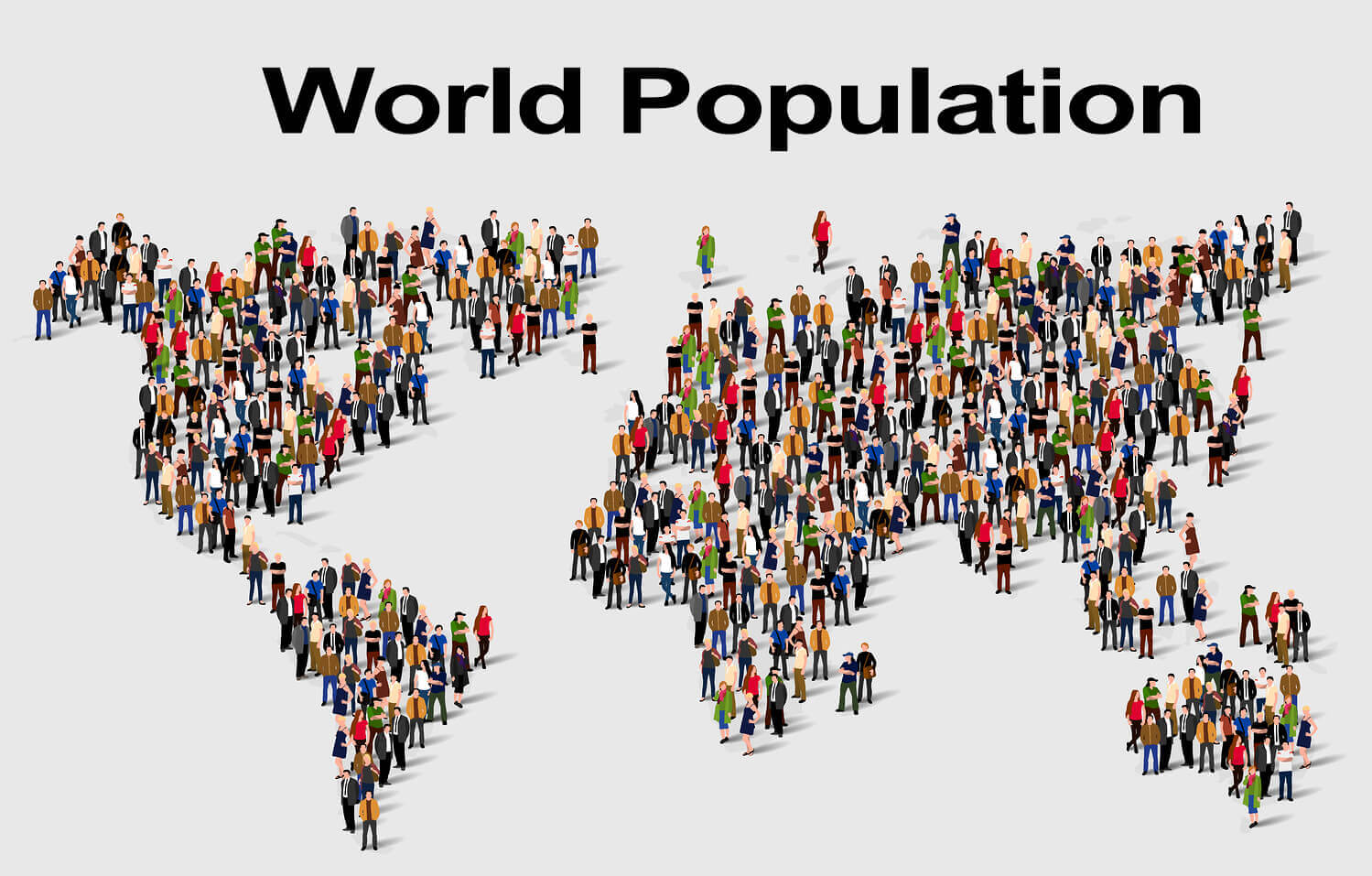
Exploring the Impact of Population on GDP: An Analysis of India’s Population Growth and its Economic Consequences
- Admin
Introduction: Population growth has been a topic of concern for countries worldwide, particularly for developing nations like India. With a population of over 1.3 billion, India has the second-largest population in the world, only behind China. The country is projected to become the most populous country in the world by 2027, according to the United Nations. This has raised several questions about the impact of population on GDP and the overall economy of a country. In this article, we will explore the relationship between population and GDP in India and how the country is managing its growing population.
The Impact of Population on GDP: A country's GDP is directly proportional to its population size. The larger the population, the more demand there is for goods and services, resulting in increased economic activity. This means that countries with larger populations have the potential to generate higher GDPs. However, population growth can also lead to several challenges, including increased competition for resources, a strain on infrastructure, and unemployment.
India's Population Growth and Economic Consequences: India's population has been steadily increasing over the past few decades. In 2020, India's population was estimated to be 1.366 billion, making up 17.7% of the world's population. The country's population is projected to continue growing until it peaks at around 1.64 billion in 2060, according to the United Nations.
India's population growth has had significant economic consequences. On the one hand, it has led to a growing labor force, providing a source of cheap labor for industries like manufacturing and services. This has contributed to India's economic growth, which has averaged around 7% per year over the past decade. On the other hand, population growth has also put a strain on resources and infrastructure, leading to challenges like overcrowding, pollution, and poor sanitation.
Managing India's Growing Population: To manage its growing population, the Indian government has implemented several policies over the years. These include family planning initiatives, which aim to reduce population growth rates, and programs to improve access to education and healthcare. The government has also launched several campaigns to raise awareness about the consequences of overpopulation and the importance of family planning.
Conclusion: India's growing population has both positive and negative economic consequences. While it has contributed to the country's economic growth, it has also put a strain on resources and infrastructure. To manage its growing population, the Indian government needs to continue implementing effective policies that balance the benefits of population growth with the challenges it poses.



